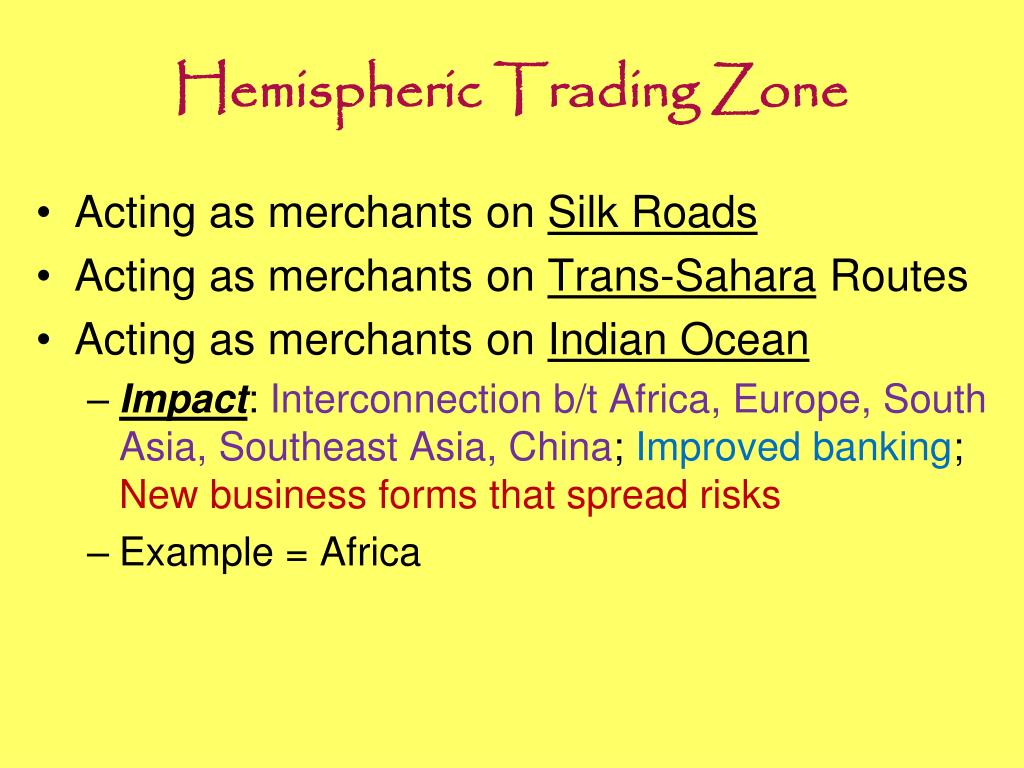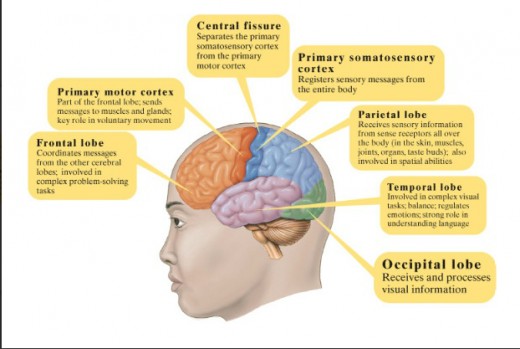
#DEFINE HEMISPHERIC DEFENSE ZONE FREE#
In 2016, in a $900 million deal, the China-based Landbridge Group acquired control of Margarita Island, Panama’s largest port on the Atlantic side and in the Colón Free Trade Zone, the largest free trade zone in the Western Hemisphere. This, along with Panama’s recognition of China, boosted China’s already existent footprint in the Canal, and Chinese companies have since positioned themselves at either end of the Panama Canal through port concession agreements. These projects fit naturally with China’s BRI vision, onto which Panama was the first Latin American country to sign in 2018. Q2: What is China’s influence in the Panama Canal?Ī2: Chinese companies have been heavily involved in infrastructure-related contracts in and around the Canal in Panama’s logistics, electricity, and construction sectors. forces through this treaty, meaning current and future Chinese interventions should be calculated with this potential response in mind. Any interpreted Chinese threat to the Canal’s neutrality could activate the U.S.

The United States, however, reserved the right to exert military force in defense of the Panama Canal against any threat to its neutrality. Only Panama may operate the Canal or maintain military installations in Panamanian territory. The Treaty Concerning the Permanent Neutrality and Operation of the Panama Canal, or the Neutrality Treaty, between Panama and the United States guarantees permanent neutrality of the Canal with fair access for all nations and nondiscriminatory tolls.

and Chinese influence in the Canal remains active with no expiration date. While much of the Canal’s original legislation expired upon turnover of the Canal to Panama, one key treaty relevant to U.S. Through contract awards, the ACP in turn grants concession agreements to companies for port operations. Designated by Panama’s president, the chairman of the board holds the rank of minister of state for Canal affairs and under the supervision of the board, the designated Canal administrator heads the ACP, implementing the decisions of the board. Governed by the 11 members of its board of directors, the ACP’s members maintain overlapping terms to ensure independence from each presidential administration. Today, the Panama Canal Authority (ACP) is charged with the administration and maintenance of the waterway’s resources and security as an independent entity of the national government. Q1: How is the Panama Canal currently governed?Ī1: The Panama Canal has been fully owned and administered by the Republic of Panama since the transfer of management from the joint U.S.-Panamanian Panama Canal Commission in 1999.


China’s influence in the Panama Canal has only grown since 2017 when then-president Carlos Varela severed diplomatic ties with Taiwan and recognized China, further opening the door to China’s expanded footprint in critical Canal infrastructure and laying the groundwork for alignment with the Belt and Road Initiative (BRI). Still, China is the primary source of products going through the Colón Free Trade Zone and its increasing presence in and around the Canal has made the waterway a flashpoint for U.S.-China competition over spheres of influence. port cargo from or destined to China made up 13 percent of Canal traffic. The United States remains the top user of the Canal-in 2019, 66 percent of the cargo traffic transiting the Canal began or ended its journey at a U.S. The Canal’s global shipping role has only increased amid the disruption of global supply chains during the Covid-19 pandemic and U.S. Following the Canal’s expansion in 2016, the waterway annually registers nearly 14,000 transits, a value equal to 6 percent of global trade. The Panama Canal sits at the nexus of international political and economic concerns.


 0 kommentar(er)
0 kommentar(er)
